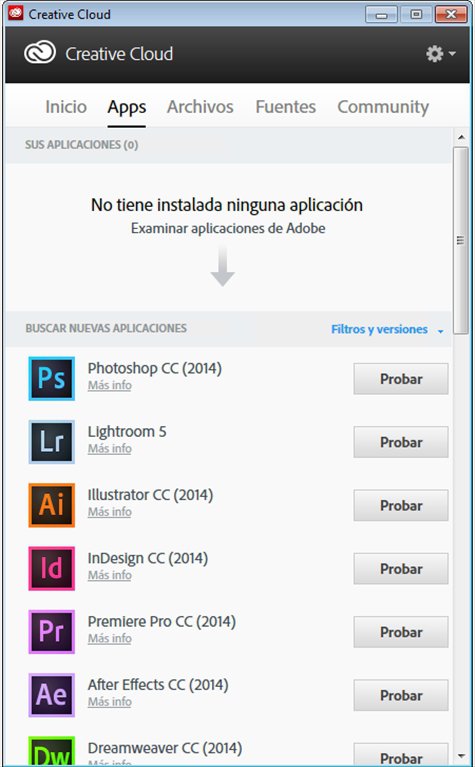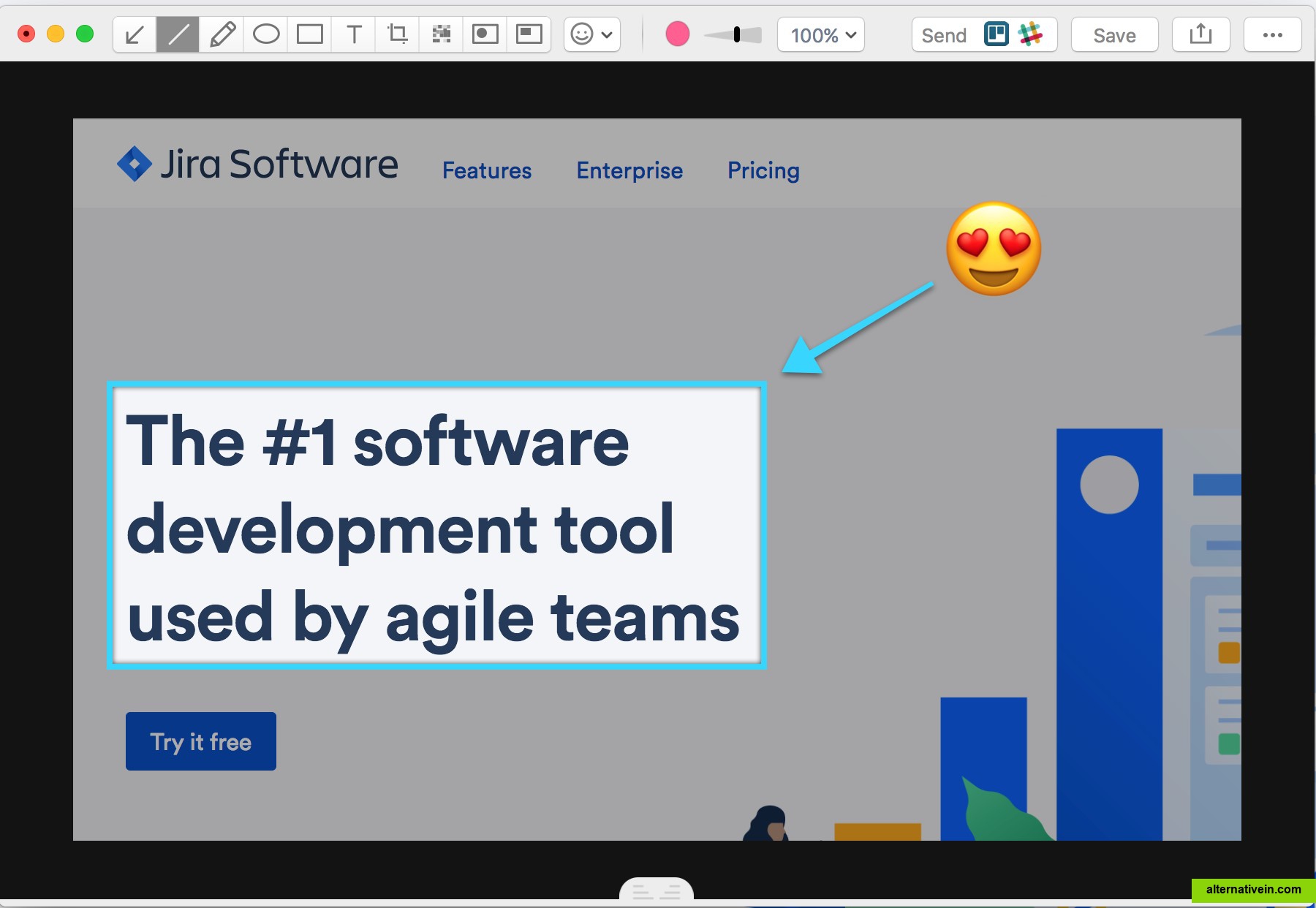

- #Cloudapp alternative update
- #Cloudapp alternative windows 10
_CAS_Fortigate_block_script.txt would be an example file name By default, the file will be named with the date on which it was exported and the appliance type you selected. Then select the Generate script button to create a block script for all your unsanctioned apps. In Generate block script, select the appliance you want to generate the block script for. In the title bar, select the three dots and select Generate block script. In the Cloud Discovery dashboard, tag any apps you want to block as Unsanctioned. This solution doesn't require redirection of all of the organization's web traffic to a proxy. You can generate a dedicated block script and import it to your appliance.
It can take up to two hours for app domains to propagate and be updated in the endpoint devices once they're marked with the relevant tag or/and scoping.ĭefender for Cloud Apps enables you to block access to unsanctioned apps by using your existing on-premises security appliances. To remove a selected scoping profile from an unsanctioned app, remove the unsanctioned tag and then tag the app again with the required scoped profile. The required scoping should be set from the Defender for Cloud Apps experience using the scoped profiles experience.  Any organizational scoping that was set manually on indicators that were created by Defender for Cloud Apps before the release of this feature will be overridden by Defender for Cloud Apps. The enforcement ability is based on Defender for Endpoint’s custom URL indicators. Then choose the profile for which the app will be blocked, and select Save. To block specific device groups in your organizations, select Select a profile to include or exclude groups from being blocked. To block all the devices in your organization, select Save. In Defender for Cloud Apps, under Discover, go to the Discovered apps page. Select the relevant device groups for the profile. Blocking app Y with the profile m圜ontoso will block app access for the entire organization except for groups A and B. For example, the profile m圜ontoso has Exclude for device groups A and B. Blocking app Y with the profile m圜ontoso will block app access only for groups A and B.Įxclude: The excluded set of entities won't be affected by the access enforcement. For example, the profile m圜ontoso has Include for device groups A and B. Include: only the included set of entities will be affected by the access enforcement. Provide a descriptive profile name and description.Ĭhoose whether the profile should be an Include or Exclude profile. The profile sets the entities scoped for blocking/unblocking apps. Under Settings, choose Apps tags and go to Scoped profiles. To block usage for specific device groups, do the following steps: Onboard Defender for Cloud Apps with Defender for Endpoint.
Any organizational scoping that was set manually on indicators that were created by Defender for Cloud Apps before the release of this feature will be overridden by Defender for Cloud Apps. The enforcement ability is based on Defender for Endpoint’s custom URL indicators. Then choose the profile for which the app will be blocked, and select Save. To block specific device groups in your organizations, select Select a profile to include or exclude groups from being blocked. To block all the devices in your organization, select Save. In Defender for Cloud Apps, under Discover, go to the Discovered apps page. Select the relevant device groups for the profile. Blocking app Y with the profile m圜ontoso will block app access for the entire organization except for groups A and B. For example, the profile m圜ontoso has Exclude for device groups A and B. Blocking app Y with the profile m圜ontoso will block app access only for groups A and B.Įxclude: The excluded set of entities won't be affected by the access enforcement. For example, the profile m圜ontoso has Include for device groups A and B. Include: only the included set of entities will be affected by the access enforcement. Provide a descriptive profile name and description.Ĭhoose whether the profile should be an Include or Exclude profile. The profile sets the entities scoped for blocking/unblocking apps. Under Settings, choose Apps tags and go to Scoped profiles. To block usage for specific device groups, do the following steps: Onboard Defender for Cloud Apps with Defender for Endpoint. #Cloudapp alternative windows 10
Onboarded machines: Windows 10 version 18.09 (RS5), OS Build 1776.3 or later.
Defender for Cloud Apps (E5, AAD-P1m CAS-D) and Microsoft Defender for Endpoint Plan 2. The option to block specific device groups via include or exclude is in Preview mode. You can then notify users of the unsanctioned app and suggest an alternative safe app for their use, or generate a block script using the Defender for Cloud Apps APIs to block all unsanctioned apps. 
Unsanctioning an app doesn't block use, but enables you to more easily monitor its use with the Cloud Discovery filters. You can unsanction a specific risky app by clicking the three dots at the end of the row. For more information about these changes, see Microsoft Defender for Cloud Apps in Microsoft 365 Defender.Īfter you've reviewed the list of discovered apps in your environment, you can secure your environment by approving safe apps ( Sanctioned) or prohibiting unwanted apps ( Unsanctioned) in the following ways. Microsoft 365 Defender will be the home for monitoring and managing security across your Microsoft identities, data, devices, apps, and infrastructure. This will simplify workflows, and add the functionality of the other Microsoft 365 Defender services.

The Microsoft 365 Defender portal allows security admins to perform their security tasks in one location. Microsoft Defender for Cloud Apps is now part of Microsoft 365 Defender. To learn more about the recent renaming of Microsoft security services, see the Microsoft Ignite Security blog. For more information about the change, see this announcement.
#Cloudapp alternative update
In the coming weeks, we'll update the screenshots and instructions here and in related pages. It's now called Microsoft Defender for Cloud Apps. We've renamed Microsoft Cloud App Security.








 0 kommentar(er)
0 kommentar(er)
